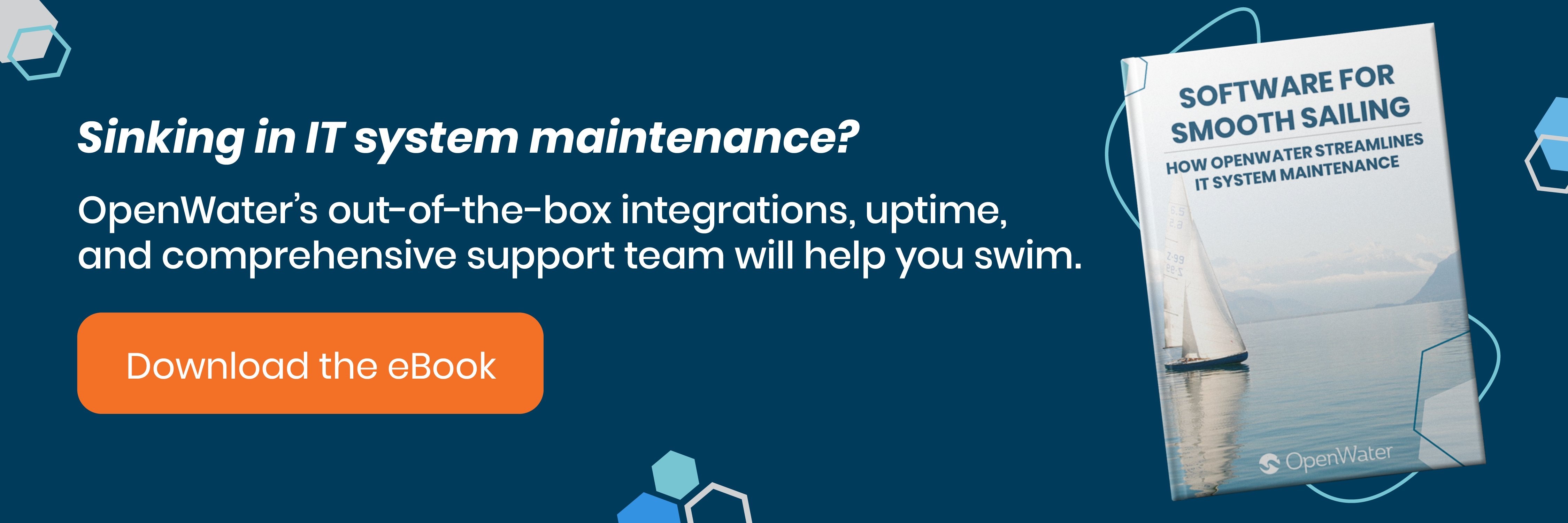
Why Data Security is Prime and Outdated Systems are the Enemy
Software has a short life cycle. In the fast-paced world of technology, the cascade of updates, upgrades, and innovation drive continuous change in software solutions. Outdated systems gradually stop receiving updates and support and quickly become the mortal enemy of data security.
Old, unmaintained software suffers numerous risks from obsolescence:
- No security updates or patches
- Incompatibility issues
- Increased failure rates
- Falling behind regulatory standards
And the cost of these risks is high—especially in terms of data security. IBM’s annual study on the financial impact of data breaches found that, in 2019, the average cost of a breach is $3.92 million (a 12% increase over the last 5 years).
Outdated systems are a major culprit of such costly breaches. Take the U.S. Office of Personnel Management, for example. In 2014, Chinese hackers breached their systems and nabbed birthdates, social security numbers, medical records, and more. How? None of the data was encrypted. The government computers were too old to be capable of encrypting files. And they’re not the only major organization suffering from the risks of outdated systems.
The bottom line is that data security is prime, and old software exposes you to unnecessary risks—like these:
Data Security Risks of Outdated Systems
1. Unsupported Software = No Security Updates
Nearly 1 million new malware threats are released every day. Once a system stops receiving support, patches, and updates, you’re opening the floodgates to new malware, viruses, and methods of attack. Look at the recent outbreak of “WannaCry” attacks that targeted legacy Windows PCs. 98% of computers affected by WannaCry were using an old version of windows. Outdated software gradually loses its ability to withstand modern cyber attacks.
2. Legacy Technology Becomes Incompatible & Obsolete
The older the technology, the less likely that it will work together with newer tools and capabilities. Just like the earlier example of the Office of Personnel Management, your legacy system has limitations and weaknesses that newer technology has advanced beyond. It’s critical that you don’t chain your organization to a core system that cannot integrate with the applications and solutions of today. Not only does this prevent you from staying competitive, but it also puts your customers and business at risk.
3. Outdated Systems Suffer More Downtime
Compatibility issues, discontinuation of bug-fixes, and obsolete or inefficient design all contribute to the increased failure rate of older systems. Software becomes less likely to work on new hardware or in modern operating systems. Hardware ages and deteriorates. This makes downtime inevitable.
At best, a device or system failure is an inconvenient delay. At worst, it leads to significant data losses, security breaches, or interruptions in critical service availability.
4. You Could Fail to Meet Compliance Standards
If old software lapses out of regulatory compliance (think HIPAA, SOX, or PCI), there could be severe consequences. The vulnerabilities in your system could lead to the penalties and fees that come with security failures due to non-compliance.
Outdated Systems Are the Weakest Link (Goodbye!)
Staying up-to-date is about much more than bells and whistles. There are real costs of risking your data security with an outdated system. If your organization can’t afford an annual carousel of fresh technology assets, you’re not alone. There are a few simple and cost-effective ways to protect your data without upgrades, but some business functions will expose you to more risk than others when you skip an update cycle.
Another possibility is to switch over to SaaS—if you haven’t already. Cloud-based, fee-for-service platforms update on their own and take much less upkeep on your part. Security and simple maintenance are two major reasons that 73% of organizations say nearly all of their apps will be SaaS by 2020. An IDG poll also found that cybersecurity and cloud computing strategies would see the largest increase in IT spending throughout 2019.
Whatever your solution, outdated systems are like quicksand—unassuming until something goes wrong—and they’ve got to go.


